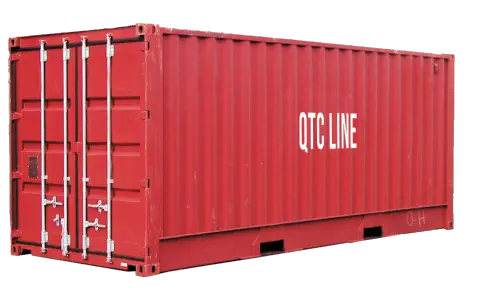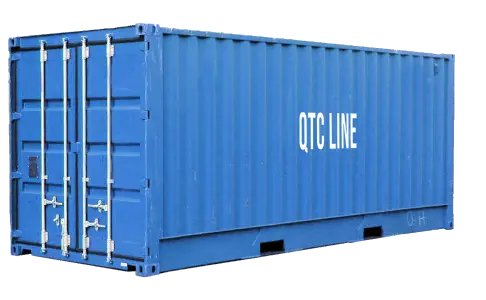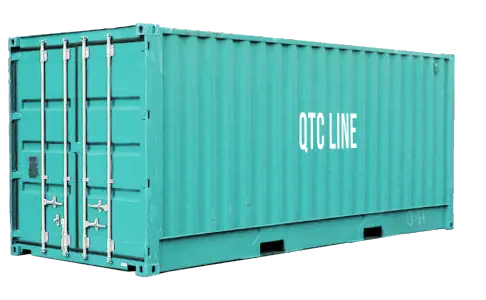TANK CONTAINERS
A tank container or tanktainer is an intermodal container for the transport of liquids, gases and powders as bulk cargo. It is built to the ISO standards, making it suitable for different modes of transportation; as such, it is also called an ISO tank.[1] Both hazardous and non-hazardous products can be transported in tank containers.
A tank container is a vessel of stainless steel surrounded by an insulation and protective layer of usually polyurethane and aluminum. The vessel is in the middle of a steel frame. The frame is made according to ISO standards and is 19.8556 feet (6.05 meters) long, 7.874 feet (2.40 meters) wide and 7.874 feet (2.40 meters) or 8.374 feet (2.55 meters) high. The contents of the tank range from 17,500 to 26,000 liters (3,800 to 5,700 imp gal; 4,600 to 6,900 U.S. gal). There are both smaller and larger tank containers, which usually have a size different from the ISO standard sizes. For example, there are some 27,000 liters (5,900 imp gal; 7,100 U.S. gal) and above litre tank containers in the European swap body fleets in Europe but they are not used on international business only on intra European traffic. The trade organization ITCO estimates that as of January 1, 2018 the global fleet of tank containers stands at 552,000 units.[2] Most of these tank containers are owned by operators and leasing companies.



